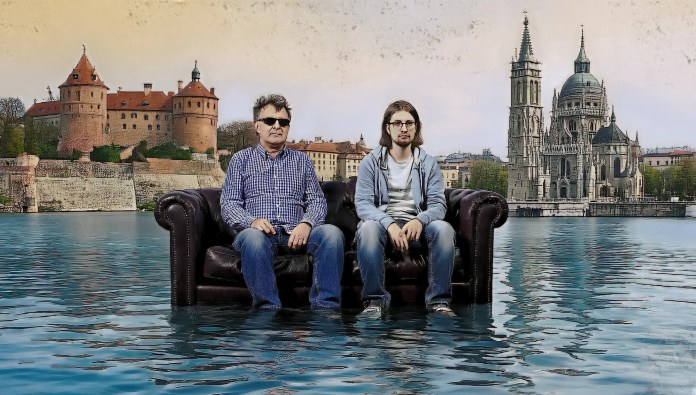With “Danse Macabre”, TRANSGALACTICA does not just cover a classical piece; they reimagine it. Drawing on Camille Saint-Saëns’ original, the band strips away guitars and drums to focus on synthesisers, ambient textures, and thoughtfully crafted soundscapes. Where their catalogue may lean toward prog/rock fusion, this version leans into the spectral, more gothic theatre than stadium anthem.
The track opens with ominous, droning synths, slowly building tension before a waltz-like rhythm emerges. The band borrows a bridge from Bach’s Christmas Oratorio, weaving it into their version to blur the lines between centuries. Lyrically, they shift the focus: rather than purely death and dance, they tackle logic errors, human pessimism, and the skewed ways people view progress and decline.
Breathing New Life into a Classical Ghost, the Ideas, Meaning & Edge
The mood is paradoxical, thus sinister yet pleasing, cold but with undercurrents of something oddly hopeful. TRANSGALACTICA uses “Danse Macabre” not just as music, but as commentary. In the lyrics, the band highlights humanity’s tendency to assume the world is always getting worse, even when many parts of it improve.

That is why they couch their critique in classical references and gothic imagery, making you feel as much as think. The fusion of old and new underscores the tension, tradition meeting digital-age reflection.
TRANSGALACTICA’s “Danse Macabre” is more than a reinterpretation; it is an intellectual performance piece. They transform Saint-Saëns’ skeleton waltz into a futuristic meditation on perception, history, and human bias. If you want music that lingers, not just on your ears but in your mind, then this is a version worth walking into the shadows for.
Always log onto ichrisgh.com for more entertainment and lifestyle exclusives. Follow us on Facebook, Instagram, Threads, TikTok, and Twitter via @ichrisgh, or join our WhatsApp and Telegram channels, iChris and iChris, respectively.
Discover more from iCHRIS
Subscribe to get the latest posts sent to your email.


